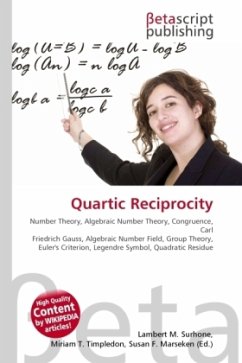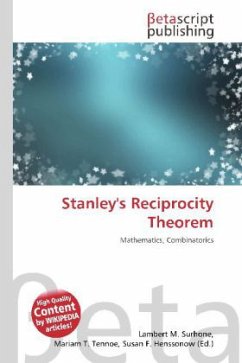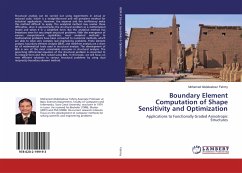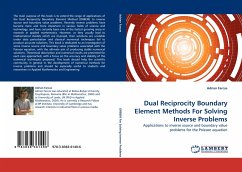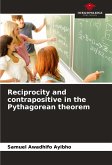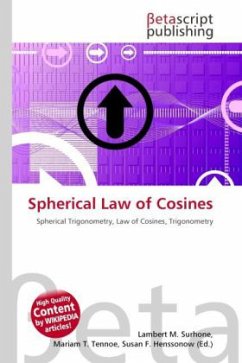High Quality Content by WIKIPEDIA articles! In mathematics, the Weil reciprocity law is a result of André Weil holding in the function field K(C) of an algebraic curve C over an algebraically closed field K. Given functions f and g in K(C), i.e. rational functions on C, then f((g)) = g((f)) where the notation has this meaning: (h) is the divisor of the function h, or in other words the formal sum of its zeroes and poles counted with multiplicity; and a function applied to a formal sum means the product (with multiplicities, poles counting as a negative multiplicity) of the values of the function at the points of the divisor. With this definition there must be the side-condition, that the divisors of f and g have disjoint support (which can be removed). In the case of the projective line, this can be proved by manipulations with the resultant of polynomials. See for example Jean-Pierre Serre, Groupes algébriques et corps de classes, pp.44-46, for this as a special case of a theoryon mapping algebraic curves into commutative groups. There is a generalisation of Serge Lang to abelian varieties (Lang, Abelian Varieties).
Bitte wählen Sie Ihr Anliegen aus.
Rechnungen
Retourenschein anfordern
Bestellstatus
Storno


